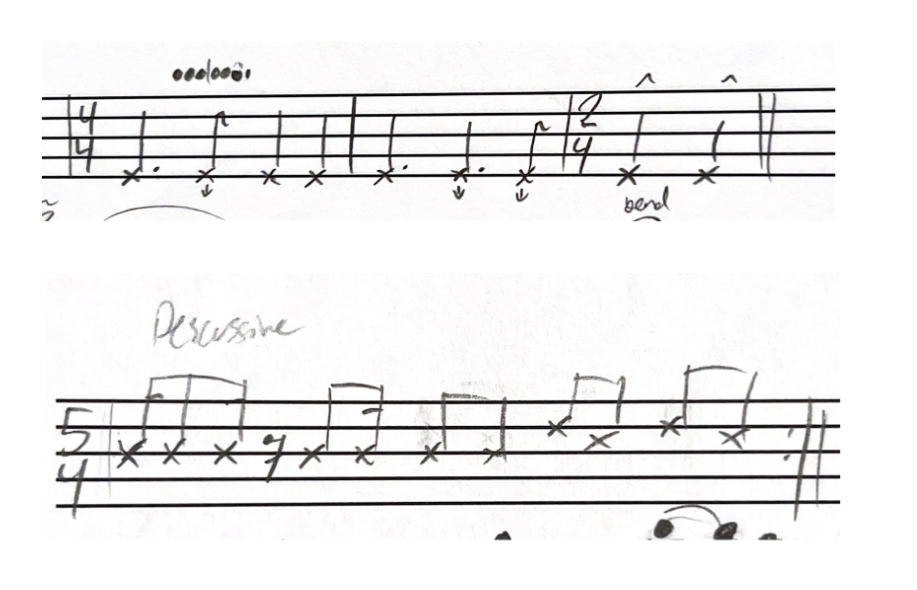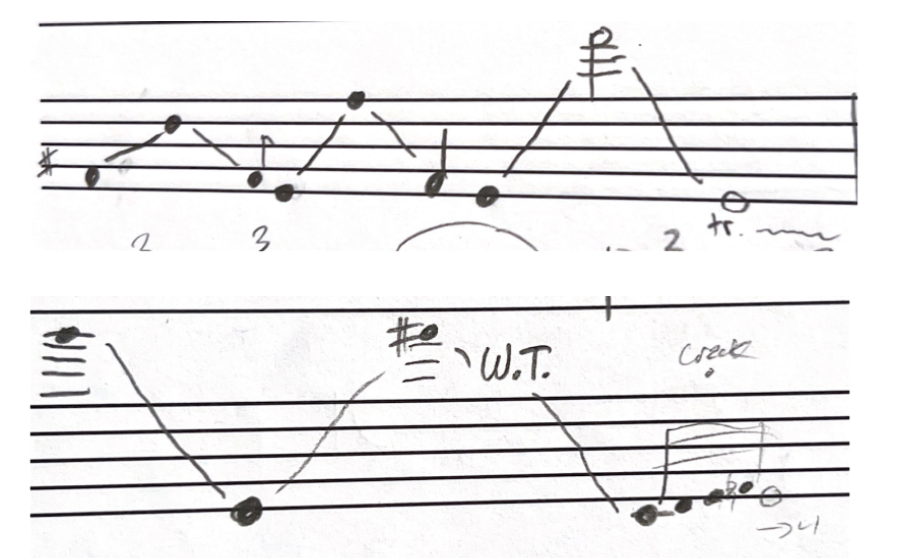Transcription Project - Post #3
Project Description
I am a few weeks into my semester goal of transcribing and performing Huáscar Barradas’ Pajarillo con Bulería for Flute and Percussion. This expressive work highlights the incredible versatility of its composer, whose training in both Western Classical and Venezuelan Folk music give the piece its distinct sound. In my commitment to exploring music outside of the standard trajectory of repertoire, I have found myself deeply captivated by the combination of intricacy and familiarity that Barradas displays in Pajarillo and I am excited by the prospect of capturing its essence and sharing it with a new audience.
This transcription is being done solely by ear as I listen and play along to his recording. It will be arranged for flute and drum, mostly out of realistic necessity since I do not have access to the full assortment of instruments and performers with which he plays. I will be performing it during my recital in April alongside a collaborative percussionist.
This Week - Digging In
During this week, I sought to finish transcribing the flute part so that I could begin working with a percussionist on the intimidating task of transcribing the accompanying percussion. However, the process of transcribing the body of this piece has taken far longer than I expected. Upon listening, the melodic sections seemed like they had a repetitive quality that would be easy to write down. In practice, they are significantly more complicated - particularly in the area of rhythm - than the opening material which was less rhythmically bound. This attention to perfect rhythmic transcription has really slowed me down, leading to this week’s stopping point falling at 3 minutes and 20 seconds out of the piece’s 7 minute duration.
Luckily, with my college’s Spring Break next week, I am confident that I will catch up to my timeline, finish the transcription, and be able to make good progress on the percussion in the following week.
Shorthand Techniques
The most exciting part of this process for me has been the development of shorthand transcription techniques that allow me to reproduce the piece without adhering to strict or familiar notation. Much of what Barradas plays on both of the most accessible recordings is improvisatory, meaning that some sections include pitches that aren’t exact or lines that aren’t really in time. To get this into a state of legibility, I have developed two notational techniques.
One - Percussive Notation
Borrowing from my experience writing and arranging for drumline, I have chosen to use X-Heads (rather than notating an articulation style as many contemporary flute composers/arrangers do) to notate a percussive attack. In it’s first iteration, I coupled this notation with a key diagram to show a slight flatness of the written pitch.
Two - Modal Runs with Turnarounds
In characteristic flutist fashion, Barradas employs incredibly fast runs, usually as bookends to his passages of free time. While these were likely performed by feel, I spent time determining his exact pitch collections and turnarounds, notating these as diagonal lines connecting the turnaround points.
Closing Thoughts
It is proving to be an incredible exercise in ear training and technical understanding for me to reproduce this work in this way. I am having a wonderful time connecting not only to the music and its cultural value but to my instrument and my own identity as a musician. A project of this nature to this scale is something that I have never done before and I am more and more thrilled for the end result.


